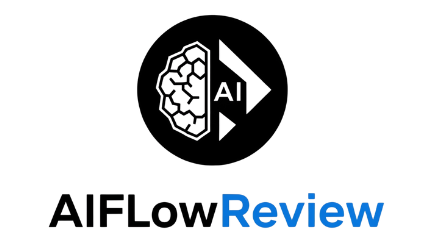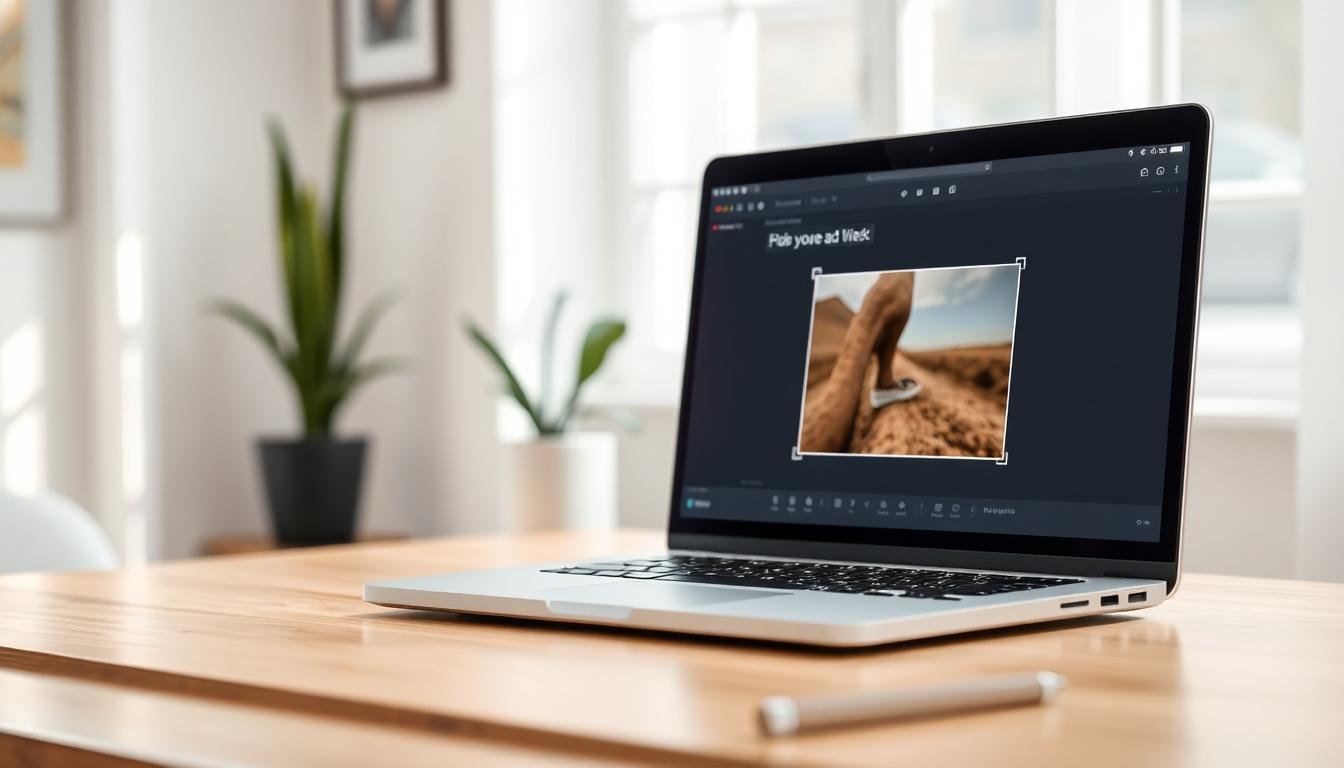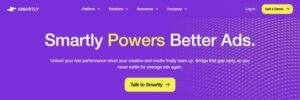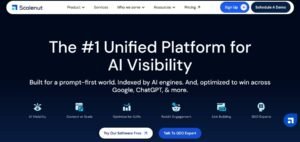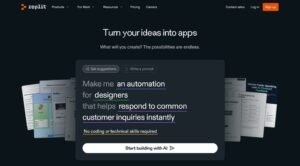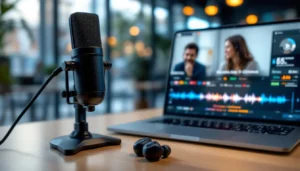Gemini Nano Banana, Google’s latest AI for image creation and editing, offers a practical edge for anyone looking to generate eye-catching visuals fast. From photorealistic product shots to quirky style transfers and brand mockups, its real strength is how easily you can guide edits using plain language prompts. You don’t need to learn complex software or jargon—just describe what you want in detail and Nano Banana does the heavy lifting, keeping character looks and colors consistent across multiple versions.
If you’re a content creator, marketer, SEO specialist, or designer, being specific with your Gemini Nano Banana prompts makes all the difference. A detailed, stepwise prompt means you get pro-level results—think accurate object removal, true-to-life text overlays, and clean style shifts—right from a chat interface. In this post, you’ll find clear advice, prompt templates that really work, and real-world use cases so you can move fast without sacrificing quality. Ready examples:
- “Remove the background and add a pastel blue studio backdrop, keep product shadows natural.”
- “Transform this selfie into a Funko Pop-style sticker with a yellow hoodie, white outline, and bold shadows.”
- “Change the billboard text to ‘Grand Opening July 2025’ using modern sans serif font.”
Mastering clear prompts unlocks the full power of Gemini Nano Banana for both everyday edits and branded visual campaigns.
Understanding Gemini Nano Banana’s Image Editing Features
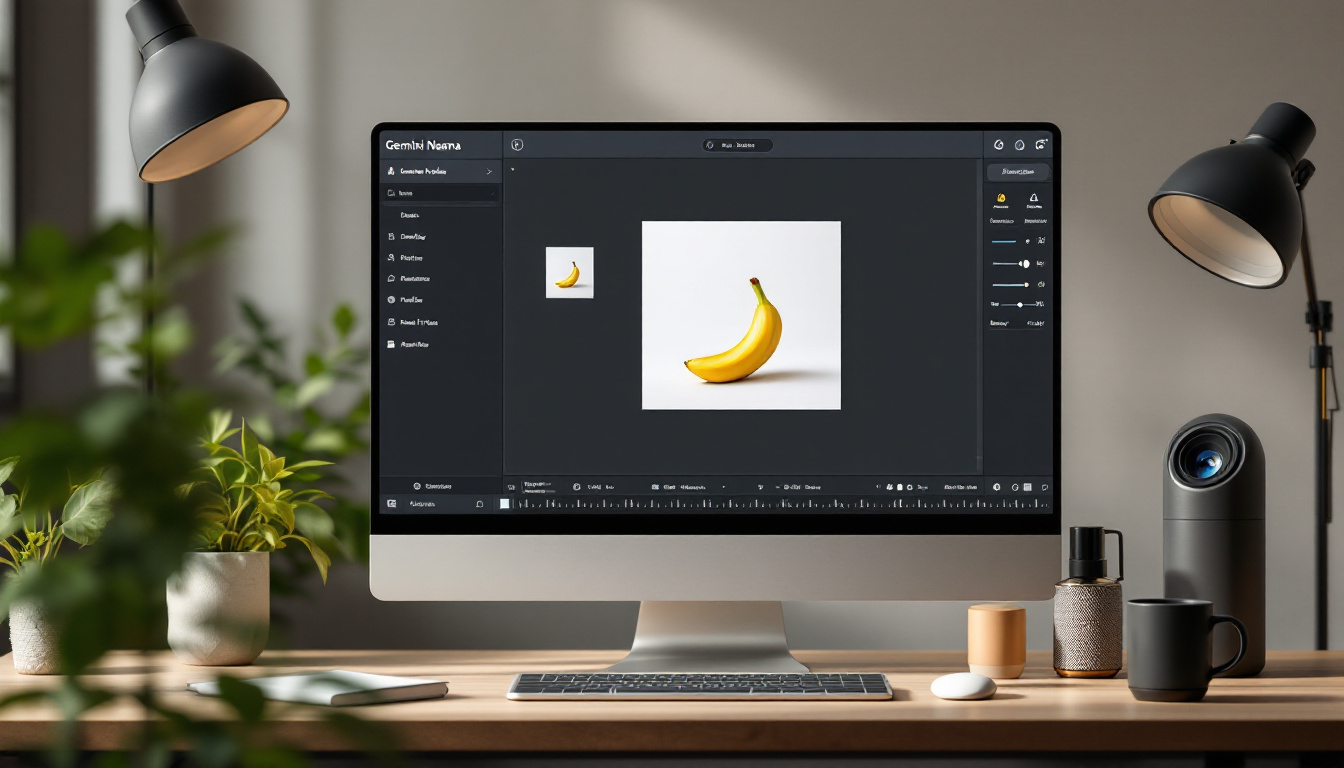
When it comes to image editing, Gemini Nano Banana wastes zero time getting your ideas on screen. This tool runs on plain instructions, so instead of puzzling over complicated layers or endless option panels, you just say what you want and see the edit refresh in front of you. If you’ve been through rounds of trial and error with traditional editors, Nano Banana’s natural language approach almost feels like skipping the tutorial level. The secret is in its prompt-driven workflow: type, tweak, and Nano Banana adapts on the fly, from simple background swaps to on-brand style transfer.
Key Image Editing Features You’ll Actually Use
Gemini Nano Banana stands out for a handful of powerful editing moves that cover most day-to-day requests for marketers and creators. Here’s what moves the needle:
- Natural Language Editing: Prompt-driven edits mean you write, “remove the coffee cup, keep the pen,” and it just happens. You’re not clicking through menus or hunting for a lasso tool.
- Object Manipulation: Select and delete unwanted objects, or reposition elements without fighting the software. The results feel organic unless you get really complex (like limbs behind props—then, more detailed prompts help).
- Background Control: Swap product backdrops, set a branded color, or isolate a subject with a few words. No green screens or manual cutouts needed.
- Text Overlay (True Font Matching): Change text on a street sign or poster within a photo. Gemini Nano Banana mimics original fonts surprisingly well, though alignment can get quirky if your prompt is vague.
- Character and Brand Consistency: Whether you’re running a product shoot or cartoon series, Nano Banana keeps visual details like face shape, clothing, and color true across edits, which is huge for anyone building brand assets.
- Blending and Style Transfer: Want a product to match your campaign look? Just describe the vibe or drop in a style source image. Nano Banana applies the palette, art style, or texture across your edit.
- Multi-Turn Editing: Edit, review, and prompt again. Nano Banana remembers recent changes, so you can refine results step by step. Just know extensive back-and-forth can introduce visual artifacts if you push it too far.
Here’s a snapshot of what’s unique:
| Feature | What It Does | Practical Example |
|---|---|---|
| Plain Language Edits | Describes changes in everyday language | “Make the shirt red, add soft shadows.” |
| Instant Backgrounds | Swaps or isolates backgrounds quickly | “Replace white bg with a wood texture.” |
| Text on Image | Overlays text in matching styles | “Change label to ‘Limited Edition’.” |
| Consistent Characters | Retains object likeness over multiple prompts | “Keep model’s face the same in every shot.” |
| Style Transfer | Copies style/colors from other images | “Apply pop-art colors from this photo.” |
| Blending | Merges objects/images into new compositions | “Place dog into backyard scene.” |
To learn even more about creative ways to use these features, check out in-depth guides such as “5 Image Editing Techniques with Google Nano Banana” and PCMag’s tips on AI image editing with Nano Banana.
Practical Prompting: What Works Best in Gemini Nano Banana

Gemini Nano Banana thrives on detailed but natural prompts. Here’s a quick guide that gets real results without the AI getting confused:
- Start with a clear main instruction: “Remove background and add pastel blue.”
- Layer on style or brand cues: “Keep the lighting soft, shadows natural, warm palette.”
- Specify how to handle tricky details: “Don’t touch the logo. Keep the model’s hair crisp.”
- Call out text or objects you want replaced: “Make billboard say ‘Summer Sale.’”
- If blending two sources, mention the composition: “Merge dog with beach scene, scale down to fit, keep colors realistic.”
Pro tip: If your first result is off, break edits into steps and iterate instead of dumping all requests in one prompt. This stops the model from mixing instructions or warping parts of the image, especially with faces.
Need a full walkthrough? The official Google tutorial for Nano Banana walks through workflows with screenshots and extra prompt ideas.
What to Watch for: Limitations and Reality Checks
Gemini Nano Banana resets expectations about what’s possible in a web browser, but it’s not above the occasional misfire. Watch for:
- Artistic (or literal) distortion after lots of revision cycles on the same image. If you notice deformed hands, odd eyes, or color shifts, you probably need to revert a step or rephrase your prompt.
- Watermarking: Any image you edit with the free app is marked digitally (and sometimes visibly), which could matter for commercial work.
- Text alignment and character shape: Especially when overlaying fonts or swapping faces, double-check each output. Sometimes spacing or features drift just enough to throw off a campaign asset.
- Pricing and tokens: If you’re running high volumes, be aware of costs. Each Gemini 2.5 Flash Image edit consumes output tokens. According to recent details, current pricing clocks in at roughly $0.04 per image.
You get speed and smart automation, but always inspect key visuals by eye before using them in client work or public campaigns.
For more about user-tested features and real-world edits with Gemini Nano Banana, explore this hands-on review of Google’s latest AI.
The Anatomy of an Effective Gemini Nano Banana Prompt
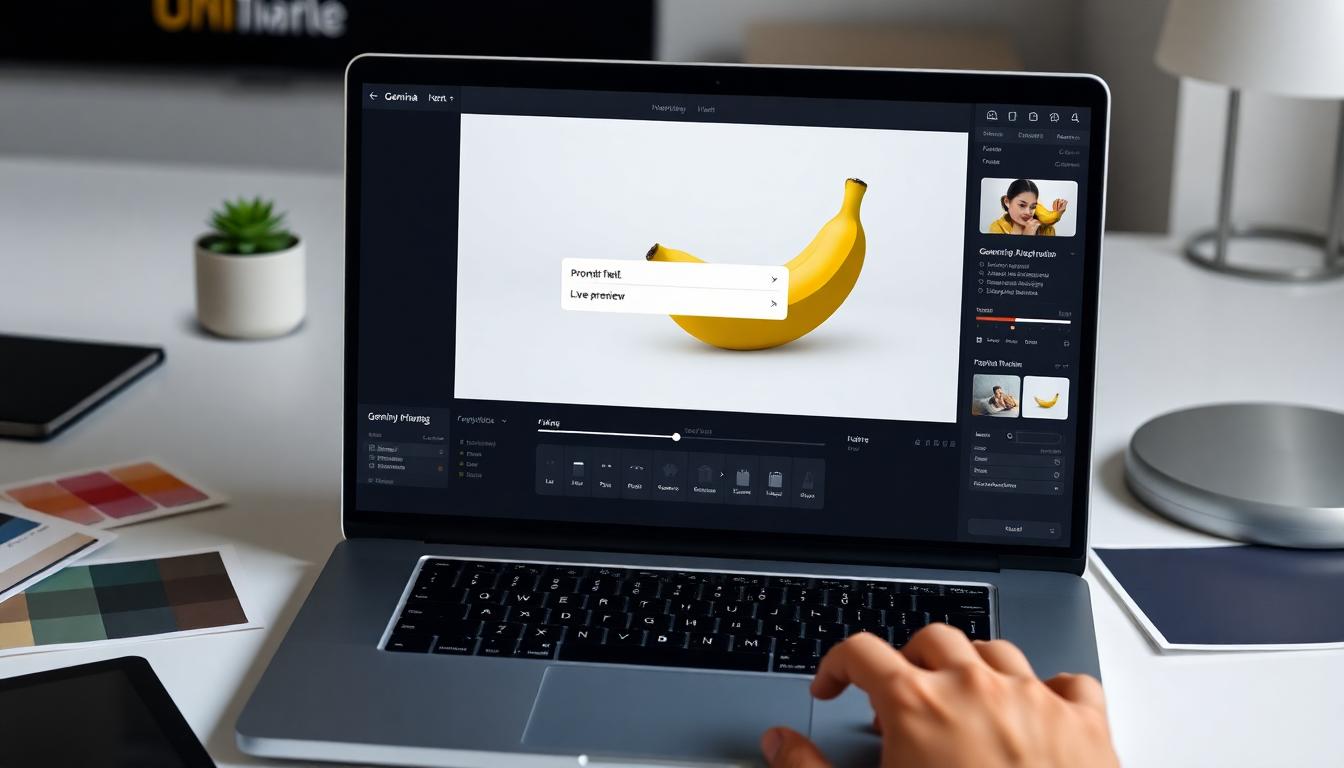
A strong Gemini Nano Banana prompt is your secret weapon for fast, reliable edits that cut down on time wasted with trial-and-error. Whether you’re swapping backgrounds, cleaning up product shots, or making creative tweaks for a new campaign, the prompt is your brief—think of it like texting instructions to a savvy assistant who follows your lead to the letter. If your brand’s on the line or you just want to skip messy revisions, breaking down what makes an effective prompt is worth a closer look.
Specify the Action up Front
Start by leading with the exact edit you want. Go direct and give Gemini Nano Banana clear marching orders—this prevents “AI drift” where the result veers away from intent. Instead of padding your prompt, focus on:
- Action word + object: “Remove background,” “Change label text,” or “Add soft shadow.”
- No ambiguity: Avoid generic requests like “make it nice.”
Why this matters: The model excels at natural language and follows active instructions. As the Ultimate Guide to Nano-Banana confirms, beginning with intent keeps outputs on track and drastically reduces the back-and-forth.
Add Visual and Contextual Details
Once the core action is nailed down, add specifics. Imagine you’re leaving notes for a new team member—what do they need to get it right the first try?
- Describe environment: “On a white studio backdrop,” “in natural daylight,” “with a soft gradient background.”
- Specify styles or formats: “Ultra-realistic lighting,” “kawaii sticker,” “cyberpunk vibe.”
- Call out cues like angle, lighting, or colors: “Shot at 45-degree angle, with warm highlights.”
Example prompt:
“Place product on polished marble, use three-point lighting, keep reflections subtle, and ensure the label is front-facing.”
Control for Brand and Subject Consistency
If you’re cycling through edits for ads or batches of product shots, spell out what should stay the same. Gemini Nano Banana can keep faces, logos, and palettes consistent, but only if you clarify in your prompt.
- “Keep model’s eye color the same in every variant.”
- “Preserve brand’s navy and coral color palette.”
- “Do not modify the necklace or hands.”
This approach prevents “brand drift” and inconsistent campaigns—major win if you’re working on recurring social or web assets.
Use Constraints and Negative Prompts
Add what you want to avoid just as clearly as what you want to see. Sometimes pointing out what not to change is as important as your main request.
- “Avoid altering logo or tagline.”
- “Don’t increase background brightness.”
- “Do not blur product edges.”
Prompt Templates for Common Tasks
Efficiency ramps up when you work from templates. These starter formats let you fill in the blanks for any edit:
| Task Type | Example Starting Prompt |
|---|---|
| Background swap | Remove current background, add pastel blue with studio lighting. |
| Text overlay | Change billboard text to “Spring Launch” in bold font, center aligned. |
| Style transfer for campaign look | Apply warm color palette, soft shadows, and keep product orientation. |
| Sticker/illustration export | Create a kawaii sticker, white background, bold outlines, clear shadows. |
For deeper template examples and breakdowns, see the visual walkthrough in A Designer’s Guide to Prompting Google Nano Banana.
Build in Stepwise Refinement
If you want that perfect edit, split complex changes across several prompts. Assign one task per prompt, then stack them. This is much more stable than cramming everything into a Frankenstein sentence.
- Start simple: “Remove background.”
- Layer on: “Change lighting to soft daylight.”
- Add final polish: “Replace text with ‘Summer Sale’ in script font.”
Pro tip: If a change doesn’t land, undo or clarify in a new prompt. Nano Banana responds much better to tweaks than to wholesale resets.
Real-World Example Prompts
Let’s put this into practice. Here are prompt snippets that have produced quality edits (or could with minor adaptation):
- “A minimalist photo of a single green mug on a matte white surface, top-down angle, soft morning shadow, focus on texture.”
- “Make a comic book panel: office worker, flying papers, expression surprised, background downtown skyline, neon color palette.”
- “Change dress color to royal blue, keep style and folds identical, keep lighting consistent.”
For a crowd-sourced list of prompt experiments that work in daily content workflows, you’ll find inspiration in this Reddit discussion with sample Gemini Nano Banana prompts.
Why the Anatomy Matters
Building your prompt like a recipe—action, style, constraints, then review—creates results that look intentional and trustworthy. For high-stakes marketing, a bit of extra description in your Gemini Nano Banana prompt saves hours later on cleanup or awkward revisions. The more you think through the “what, how, and what not,” the more the model performs like a diligent art director rather than an eager intern.
If you want up-to-date lists of inspiring and proven prompt texts, Fotor’s Nano Banana Model Prompt List collects popular formats you can copy, paste, and adapt to your own campaigns.
Best Practices for Writing Clear Gemini Nano Banana Prompts
Every prompt you write for Gemini Nano Banana is your chance to get exactly the edits you imagine, quickly and with less AI guesswork. If you’ve ever been let down by vague instructions or missed the mark with a creative brief, you’ll see why being clear is everything here. Each word carries weight—nail the details, and your image edits come out sharp, branded, and ready to use. Use the following best practices to make your prompts not only understandable but also actionable for Gemini Nano Banana’s model.
Start Simple, Then Layer On Details
When writing prompts for Gemini Nano Banana, less is more—at first. Open with the one main thing you want changed. Then, build on that line by line for style, color, or specific constraints.
- Lead with your main goal: “Remove the background.”
- Add a style layer: “Add a pastel blue backdrop, keep shadows soft.”
- Specify contrast: “Do not touch the product logo or change its colors.”
This “building blocks” approach keeps the AI from drifting off course and helps you maintain control, especially for edits with strict brand needs.
Use Brand-Safe Constraints
If your assets need to hit the same brand marks every time, constrain the model with explicit instructions. Don’t assume Gemini Nano Banana will “know” to keep every detail consistent. Ready-to-use prompt lines:
- “Keep model’s hair color the same across all edits.”
- “Preserve my logo positioning and sizing.”
- “Match palette to brand navy, coral, and white.”
This stops image drift and keeps marketing materials tight—great for batch editing product shots or rolling out campaign variants.
Turn Constraints Into Negative Prompts
A clear “don’t” is as powerful as a “do.” Negative prompts cut down on surprises and keep edits usable.
- “Do not alter the text font or blur the image edges.”
- “Avoid increasing background brightness.”
- “Exclude changes to facial features.”
Negative constraints save you from last-minute cleanup and help the model keep your edits ready for publishing.
Break Down Edits Step By Step
Gemini Nano Banana does best when you ask for one change per prompt. If you need a big transformation, tackle the job in a sequence:
- Start with, “Remove the background.”
- Next, “Add soft daylight lighting.”
- Finish with, “Replace text with ‘June Promo’ in clean sans-serif.”
Stacking edits like this keeps output tidy and lets you tweak only the step that needs work. You’ll waste less time repeating the whole edit if one detail goes sideways.
Prompt Templates for Daily Workflows
Repetition is the friend of content professionals. Want to speed up daily tasks? Save and adapt these repeatable prompt starts:
| Edit Goal | Sample Prompt |
|---|---|
| Background swap | “Remove background, set to [color/pattern], keep natural shadow.” |
| Quick ad variation | “Change product color to [brand color], keep highlights soft.” |
| Meme or sticker export | “Create sticker with white outline, bold shadows, keep face same.” |
| Signage update | “Change poster text to ‘Sale Ends Soon,’ match original font.” |
Pro tip: Save your most-used prompts for each brand or product. A small prompt library beats reinventing the wheel every project.
Example Gemini Nano Banana Prompts
Here are prompt lines you can use or remix in your own workflows:
- “Product shot, white background, soft shadow, label front-facing, high detail.”
- “Make mug color forest green, keep handle shape unchanged, increase gloss.”
- “Apply pop-art style, comic shading, face expression smiling, keep hair color red.”
- “Replace street sign text with ‘Now Open!’ matching original font and alignment.”
The clearer and more concrete your language, the fewer surprises you’ll see when the results load.
Common Pitfalls to Avoid
Even with a strong prompt game, there are some traps that trip up even experienced users:
- Too many requests in one go creates “blended” results, like odd colors or missing features.
- Overly generic language like “make it more modern” produces random outputs.
- Forgetting to lock in brand details (logo, colors, positioning) leads to off-brand edits.
- Stacked revisions without a reset can distort faces or product shapes.
Test one change at a time and use clear, short lines. This turns Gemini Nano Banana into a fast, reliable member of your creative team.
Where to Dive Deeper and Level Up
If you want a more detailed breakdown of the techniques above and additional Gemini Nano Banana tips, the best AI content writing tools of 2025 guide shares further templates, prompt hacks, and use-case breakdowns for content professionals.
Gemini Nano Banana isn’t magic, but clear prompts get you close. Give your feedback as if you’re talking to a design assistant who takes every word at face value. The more direct and descriptive you are, the more the tool feels like an extension of your own creative hand.
